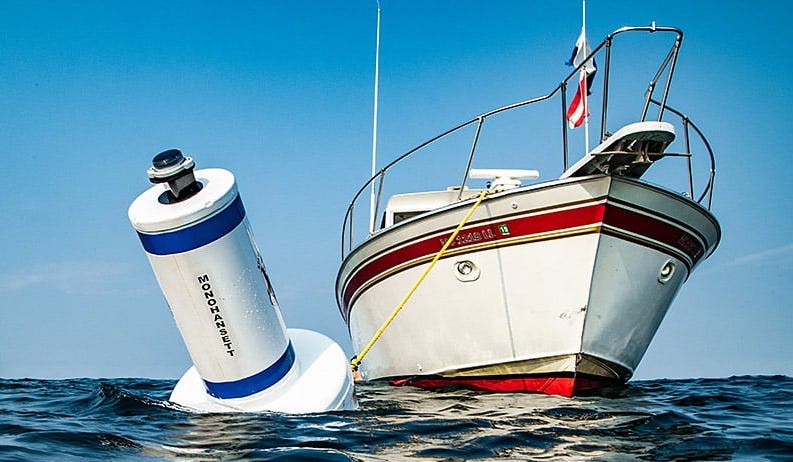Anchoring Rights Diminish When a Boat Is Unattended
A Former Harbormaster's View, as States Grapple With Derelict Vessels
The topic is timely as states seek to enact time limits on anchoring. The author is a retired naval architect and regular Loose Cannon contributor. More importantly, in the context of this opinion piece, he once served as harbormaster at Cape Elizabeth, Maine, which is to say that he has real-world experience managing anchorages. Loose Cannon endorses L…
Keep reading with a 7-day free trial
Subscribe to LOOSE CANNON to keep reading this post and get 7 days of free access to the full post archives.


